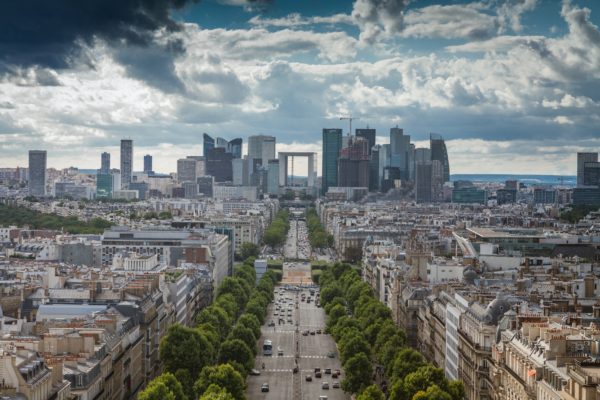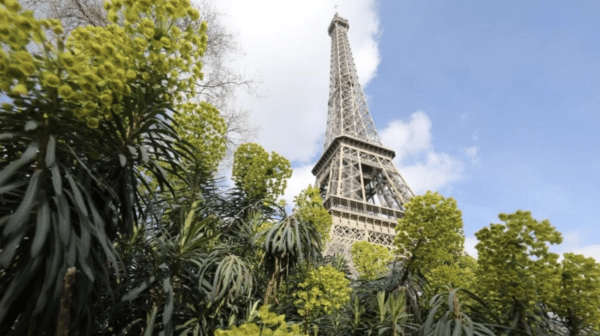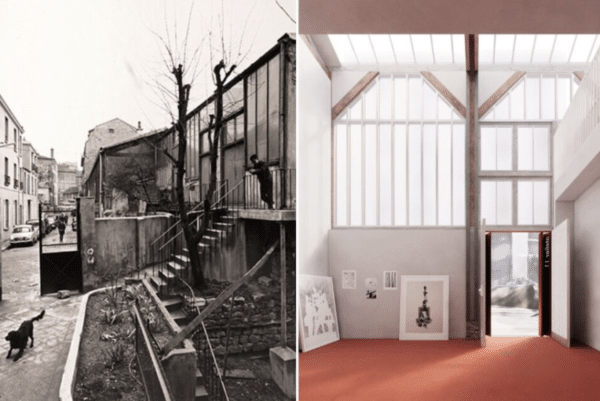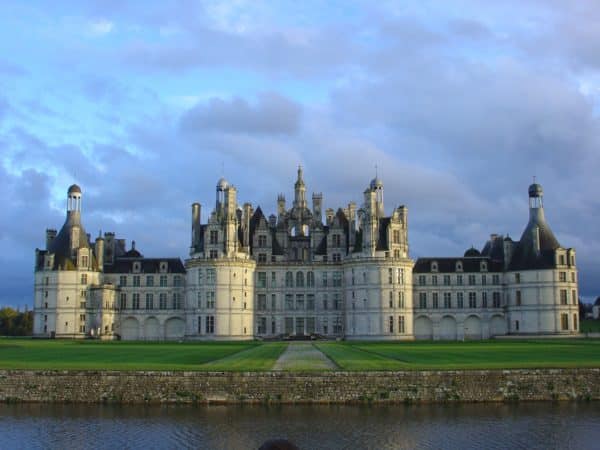Expert Insight, Breaking News, and Insider Stories on Real Estate in Paris
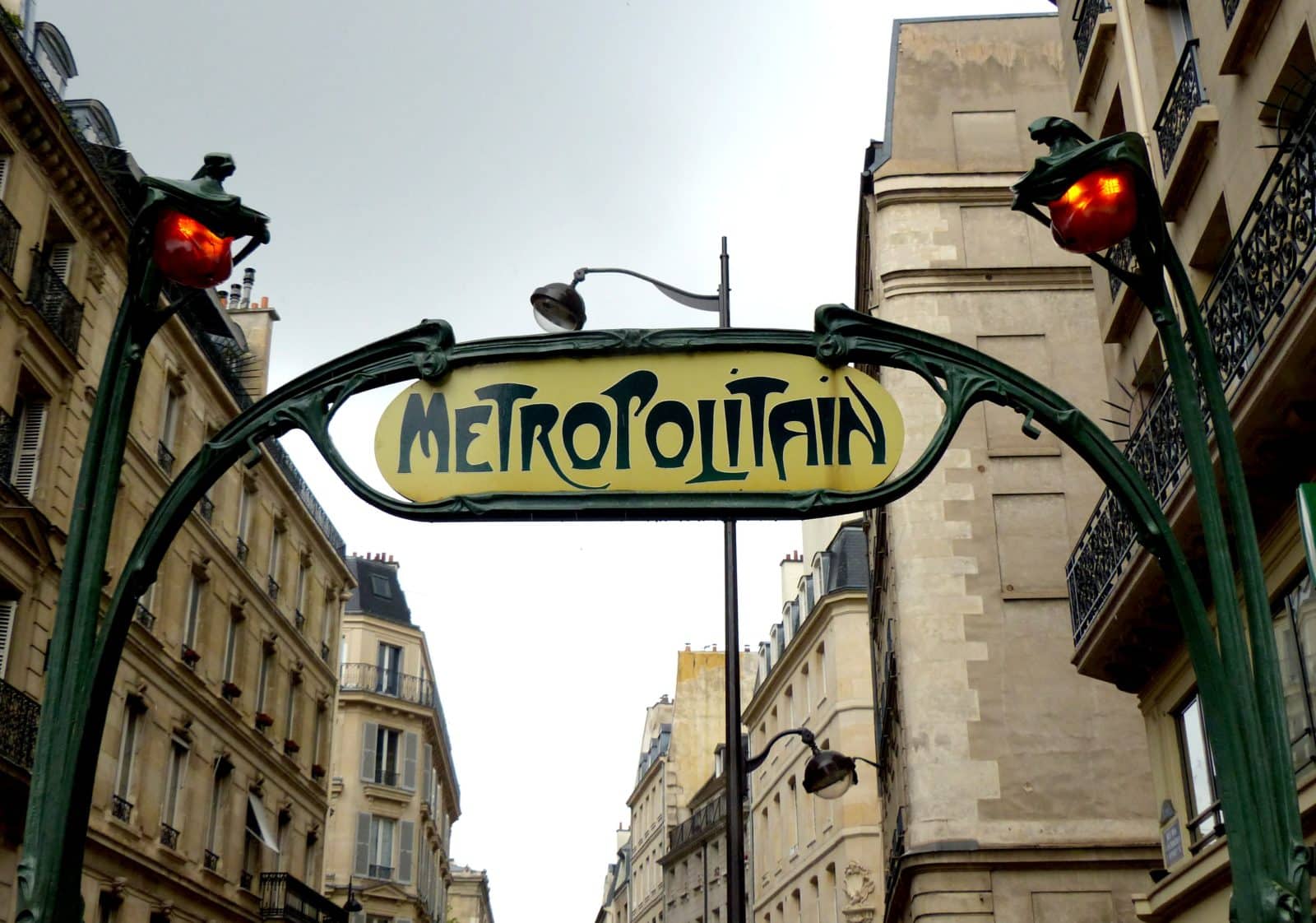
History: the Paris metro turns 120
The Paris metro celebrated its 120th birthday on July 19th. Take a look back at the history and development of this symbol of the capital.
On July 19th, 1900, the very first line of the Paris metro was inaugurated, with great pomp and circumstance, just in time for the World’s Fair. The appropriately named line one, connecting Porte Maillot to Porte de Vincennes in only 27 minutes, marks the beginning of a long love affair between Parisians and their beloved metro.
The metro, a public necessity
In 1896, France was responsible for organizing the next World’s Fair in Paris. For local authorities, welcoming millions of visitors in a city as saturated as Paris, congested by omnibuses and horse-drawn carriages, was out of the question. 30 years after Haussmann’s renovation of Paris, an urban renewal project that dug through the entirety of the capital and seriously tested the patience of residents, another monumental construction project was thus commissioned.
Construction of this first line of the Paris metro was entrusted to Breton engineer Fulgence Bienvenüe, who would later give his name to the Montparnasse-Bienvenüe station. He had a prestigious career in urban planning and is known for having been responsible for the construction of avenue de la République and parc des Buttes-Chaumont. Funnily enough, Bienvenüe had an interesting relationship with railroads: in 1881, at the age of 29, he had to have his left arm amputated after falling on train tracks.
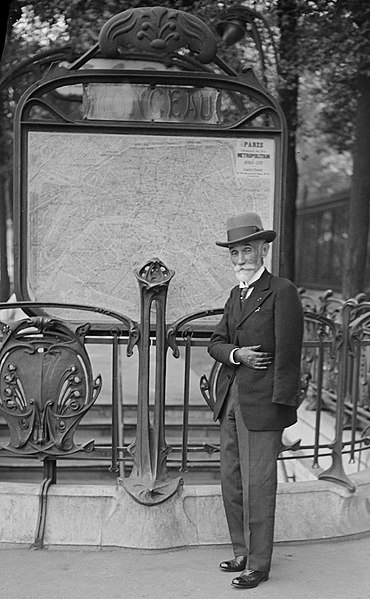
Fulgence Bienvenüe, the father of the Paris metro.
A city gutted
Construction for the line 1 began on October 4, 1898, “gutting” Paris from west to east, from Porte Maillot in the 16th arrondissement all the way to Vincennes. A plethora of engineers and thousands of workers toiled day and night on this gigantic construction site, breaking up cobblestones and reinforcing underground space and quarries. Aboveground, the capital was disfigured, and few Parisians appreciated the upheaval of their city.

The first “adventurous” riders
After only 17 months of laborious construction, a record time given the technology of the era, the first line of the Paris metro was inaugurated in Vincennes on July 19th, 1900. On that day, Paris was overwhelmed with a stifling heatwave, with temperatures reaching up to 38°C, driving some Parisians to take refuge in the cool underground of the metro. At the same time, however rumors were circulating about the risk of accidents, especially regarding possible landslides and derailments, which distressed part of the public. In the end, few came to witness the first trial runs, not even important public officials, except for the Prefect of Police at the time, Louis Lépine.
Despite the initial reluctance, the metro gained popularity quite quickly, transporting 17 million passengers by December of the same year. It should also be noted that the price of a metro ticket was very modest at the time, costing barely 25 cents for a ride, and taking only 26 minutes to transport passengers between Vincennes and Porte Maillot.

Parisians at the time were thus quite proud to have been among the first to use the “metropolitan,” and this only a few years after the creation of the London Metropolitan Railway. The Paris metro quickly became a part of the Paris lifestyle, and was the city’s busiest form of public transportation.
In 1903, a second metro line was opened between Etoile and Trocadero. On October 10 of the following year, however, one of the metro cars on this line caught fire at the station Couronnes, killing 84 people. Although a major tragedy, this accident did not impact other plans to expand the Paris metro network.
The extension of the metro to Paris’s nearby suburbs was decided by the prefecture in 1929. Due to the Second World War, however, it wasn’t until 1949 that these new developments were truly felt. That year, nine extensions were made, heading all the way to Neuilly, Vincennes, Levallois-Perret, Pantin, Ivry-sur-Seine, Boulogne-Billancourt, Lilas, and Issy-les-Moulineaux. In total, the Paris metro network stretched across 166.2 km of track and was made up of 14 lines and 270 stations.

Since then, the Paris metro has only somewhat changed and modernized with automated lines like the 1 and the 14, which will, moreover, be extended before the holidays this year. Although there are still 14 metro lines today, not counting the 7bis and 3bis, the size and scope of the system has increased, boasting 302 stations and 214 km of track today. Most impressive, the number of travelers the metro transports every year is up to 1.5 billion! With Le Grand Paris on the horizon, we can only expect these figures to greatly increase in the coming years.
Sources: L’histoire du premier métro parisien en 1900; Métro de Paris : histoire de sa construction; Paris : le métro fête ses 120 ans !
Contact Paris Property Group to learn more about buying or selling property in Paris.



